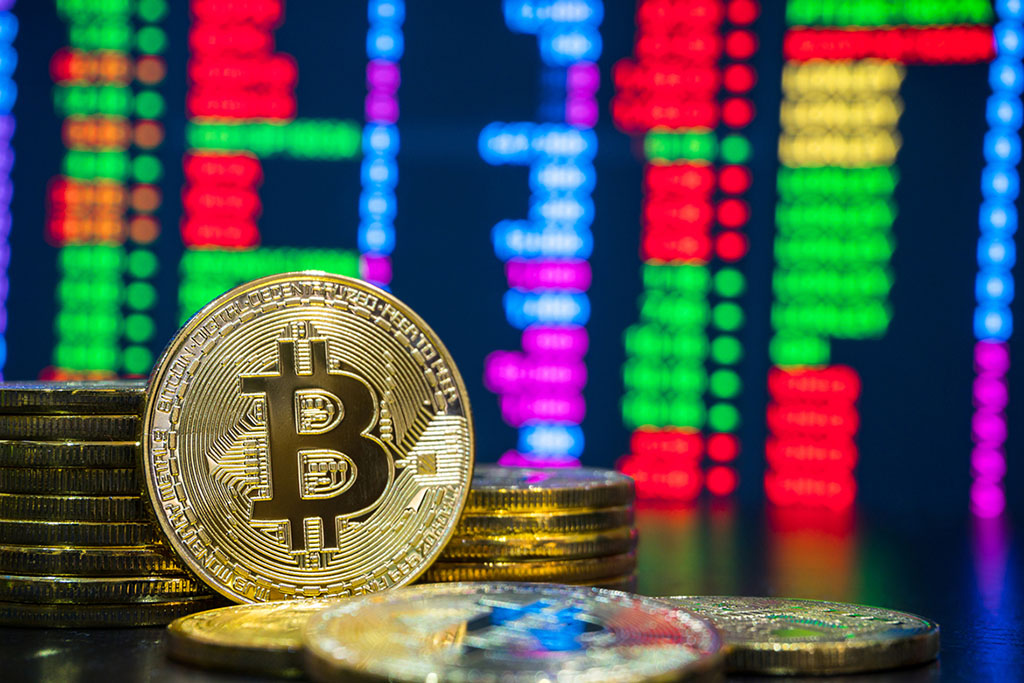In a recent transparency report, PayPal’s newly unveiled stablecoin, PYUSD, showed promise for global payments but indicated a long road ahead for its adoption. Despite its entry into a market filled with competitors facing their issues, PYUSD’s initial performance suggests it has a significant distance to cover. Paxos Trust, the company responsible for issuing PayPal’s stablecoin, disclosed that it held $45.3 million in assets supporting PYUSD by the end of the previous month.
PayPal report offers insight into PYUSD’s performance
This report, released just last week, offers the public its first glimpse into the assets associated with the $44.3 million worth of PYUSD in circulation. Interestingly, while PYUSD had just over $1.5 million in cash deposits backing it, the majority of its reserves were in the form of reverse repurchase agreements collateralized with U.S. Treasuries, totaling $43.8 million. These reverse repurchase agreements essentially involve one institution selling securities to another, with the expectation of repurchasing them at a later date, typically at a higher price.
Paxos emphasizes that these agreements involve trades with reputable financial institutions and have an overnight maturity, reducing the risk of significant loss. Stablecoins, as digital assets pegged to the value of a sovereign currency like the U.S. dollar, often rely on a combination of liquid assets such as cash and government debt to maintain stability. Some leading stablecoins boast billions of dollars in assets behind them. However, the overall market capitalization of stablecoins has experienced a steady decline since the turmoil surrounding Terra’s UST stablecoin in the previous spring.
The total value of stablecoins has dropped from approximately $188 billion in May to $131 billion today, according to CoinGecko. Challenges have also plagued Circle’s USD Coin (USDC), the second-largest stablecoin in the crypto market. USDC briefly lost its $1 peg during the failure of Silicon Valley Bank in March. More recently, concerns have arisen about Tether’s ability to consistently maintain its $1 value. Terra’s UST, which was an algorithmic stablecoin, relied on trading incentives with another coin, LUNA, to maintain its value—until it didn’t.
The implosion of these two coins, totaling $60 billion, sent the crypto market into a bear market and prompted calls for U.S. stablecoin regulation. Members of Congress, including Maxine Waters (D-CA), argued that PayPal should have waited for legislation and a federal framework before launching PYUSD. However, with Paxos operating under the regulatory umbrella of the New York Department of Financial Services, PayPal proceeded with its product, which was properly registered in the state of New York.
Challenges and slow adoption in the stablecoin market
When PayPal entered the stablecoin market, it emphasized transparency and a reputable foundation for its offering. The company committed to providing regular reports on the reserves backing PYUSD. Despite its prominent brand and transparency efforts, PYUSD’s current market capitalization of $43.4 million pales in comparison to leading stablecoins like USD Coin (USDC) and Tether (USDT). USDC and USDT have market capitalizations of $83 billion and $26 billion, respectively, collectively accounting for 90% of the stablecoin market, according to CoinGecko.
In contrast, PYUSD’s market capitalization represents only a fraction of a percent. While stablecoins have been touted for their utility in cross-border payments and remittances, they are also heavily utilized by cryptocurrency traders, as reported by Kaiko. Surprisingly, the report found that nearly 26% of trades on centralized crypto exchanges, including Coinbase and Binance, do not involve stablecoins. Despite its transparency report preceding its listings on several exchanges, PYUSD’s adoption has been sluggish, according to Dessislava Aubert, an analyst at Kaiko.
Although PYUSD was listed on centralized exchanges like Coinbase and Kraken at the end of August, its daily trade volumes have remained volatile and relatively low compared to other stablecoins. This suggests tepid demand for PYUSD. In recent trading activity, PYUSD experienced approximately $1.2 million in trading volume, as reported by CoinGecko. To put this into perspective, Tether saw $14 billion worth of trading, and USD Coin witnessed $6 billion worth of trading in the same period.
A significant portion of PYUSD’s trading volume was concentrated on HTX (formerly Huobi), accounting for $740,000 across three trading pairs. On Coinbase and Kraken, PYUSD saw trading volumes of $86,000 and $87,000, respectively. In PayPal’s initial assessment of PYUSD, the company acknowledged that most stablecoin volume comes from web-specific environments and assured that its token would be compatible with this ecosystem from the outset.
However, amid the ongoing challenges in the crypto market, PayPal’s PYUSD stablecoin has entered a competitive market with its fair share of challenges. Despite initial transparency efforts and promises of a reputable foundation, PYUSD’s adoption has been slow compared to leading stablecoins like USDC and USDT. As the stablecoin landscape continues to evolve, the future of PYUSD remains uncertain, and it will face an uphill battle to establish itself as a significant player in the crypto space.





